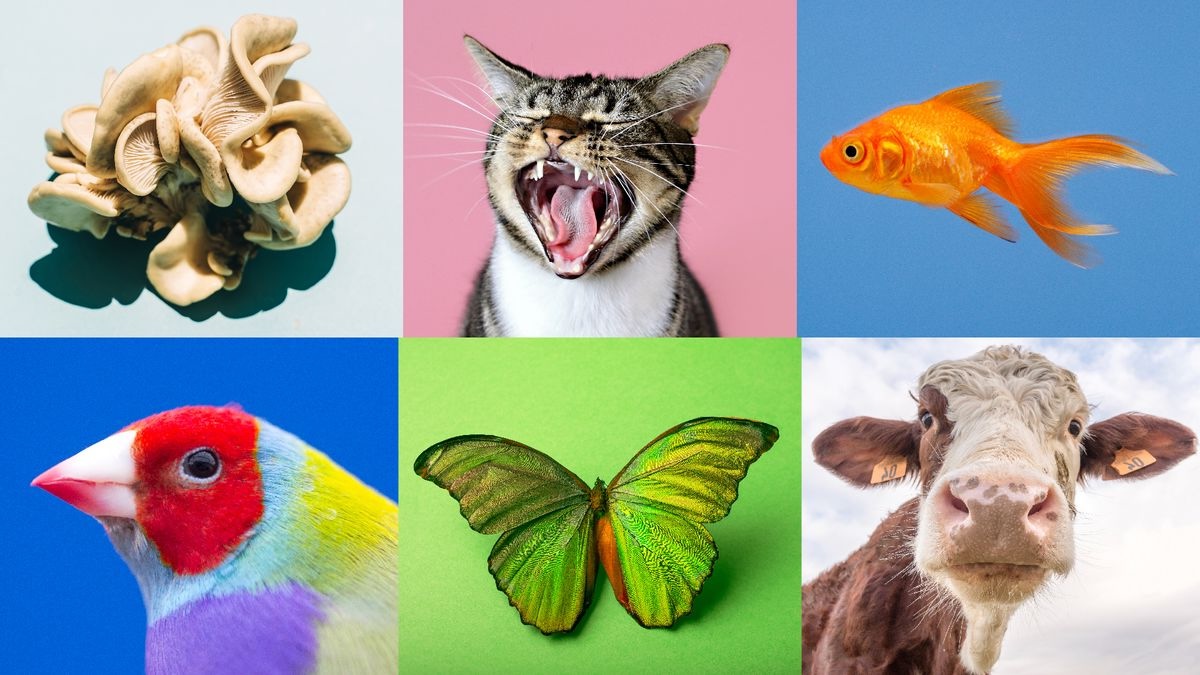
Did you know there are over 8.7 million species on Earth? From the tiniest insects to the largest mammals, our planet is teeming with life. Each species plays a unique role in its ecosystem, contributing to the delicate balance of nature. Some species are well-known, like the majestic African elephant, while others, like the microscopic tardigrade, remain a mystery to many. Understanding these species helps us appreciate the diversity and complexity of life around us. In this blog post, we'll dive into 26 fascinating facts about various species that inhabit our world. Get ready to be amazed by the wonders of nature!
Mammals
Mammals are a fascinating group of animals with unique characteristics. Here are some intriguing facts about them.
- Blue Whales are the largest animals ever known to have lived on Earth. They can grow up to 100 feet long and weigh as much as 200 tons.
- Dolphins have names for each other. They use unique whistles to identify and call out to individual dolphins.
- Bats are the only mammals capable of sustained flight. Their wings are actually modified hands with elongated fingers.
- Elephants have the longest pregnancy of any land animal, lasting up to 22 months.
- Kangaroos can’t walk backward due to the structure of their legs and tails.
Birds
Birds are known for their ability to fly, but there's much more to them than just their wings.
- Hummingbirds are the only birds that can fly backward. Their unique wing structure allows them to hover and move in any direction.
- Ostriches are the largest birds in the world, but they can't fly. They can run at speeds up to 45 miles per hour.
- Penguins are birds that can't fly but are excellent swimmers. They can dive to depths of over 500 meters.
- Owls can rotate their heads up to 270 degrees. This ability helps them spot prey without moving their bodies.
- Pigeons can recognize human faces and remember them for years. They use this skill to identify friendly humans who feed them.
Reptiles
Reptiles are cold-blooded creatures with some remarkable traits.
- Crocodiles have the most powerful bite of any animal. Their jaws can exert a force of over 3,700 pounds per square inch.
- Chameleons can change color to communicate and regulate their body temperature, not just for camouflage.
- Turtles have been around for over 200 million years, making them one of the oldest reptile groups.
- Geckos can walk on walls and ceilings thanks to tiny hair-like structures on their feet called setae.
- Komodo Dragons are the largest lizards in the world. They can grow up to 10 feet long and weigh over 150 pounds.
Amphibians
Amphibians live both in water and on land, and they have some unique adaptations.
- Frogs can breathe through their skin. This allows them to absorb oxygen directly from the water.
- Salamanders can regenerate lost limbs. If a salamander loses a leg, it can grow a new one.
- Axolotls remain in their larval stage for their entire lives. They never undergo metamorphosis like other amphibians.
- Newts have toxic skin secretions that can deter predators. Some species are even deadly to humans.
- Caecilians are legless amphibians that look like worms or snakes. They live underground and are rarely seen.
Fish
Fish are incredibly diverse, living in a variety of aquatic environments.
- Sharks have been around for over 400 million years, predating dinosaurs.
- Clownfish are immune to the stings of sea anemones. They live among the anemone's tentacles for protection.
- Seahorses are the only fish species where males give birth. The male seahorse carries the eggs in a pouch until they hatch.
- Electric Eels can generate electric shocks of up to 600 volts. They use this ability to stun prey and defend themselves.
- Pufferfish can inflate their bodies to several times their normal size to deter predators. Some species are also highly toxic.
Insects
Insects are the most diverse group of animals on Earth, with millions of species.
- Bees are vital pollinators for many plants. Without bees, many crops would fail to produce fruit.
The Final Word on Species
Understanding the diverse species on our planet is both fascinating and crucial. From the majestic blue whale to the tiny bumblebee, each species plays a unique role in the ecosystem. Knowing these facts helps us appreciate the biodiversity around us and underscores the importance of conservation efforts.
Whether it's the speed of a cheetah, the lifespan of a tortoise, or the intelligence of dolphins, these creatures never cease to amaze. By learning more about them, we become more aware of our impact on their habitats and the urgent need to protect them.
So next time you see a bird soaring or a squirrel scurrying, remember there's a world of wonder in every species. Let's cherish and protect this incredible biodiversity for future generations.
Was this page helpful?
Our commitment to delivering trustworthy and engaging content is at the heart of what we do. Each fact on our site is contributed by real users like you, bringing a wealth of diverse insights and information. To ensure the highest standards of accuracy and reliability, our dedicated editors meticulously review each submission. This process guarantees that the facts we share are not only fascinating but also credible. Trust in our commitment to quality and authenticity as you explore and learn with us.
